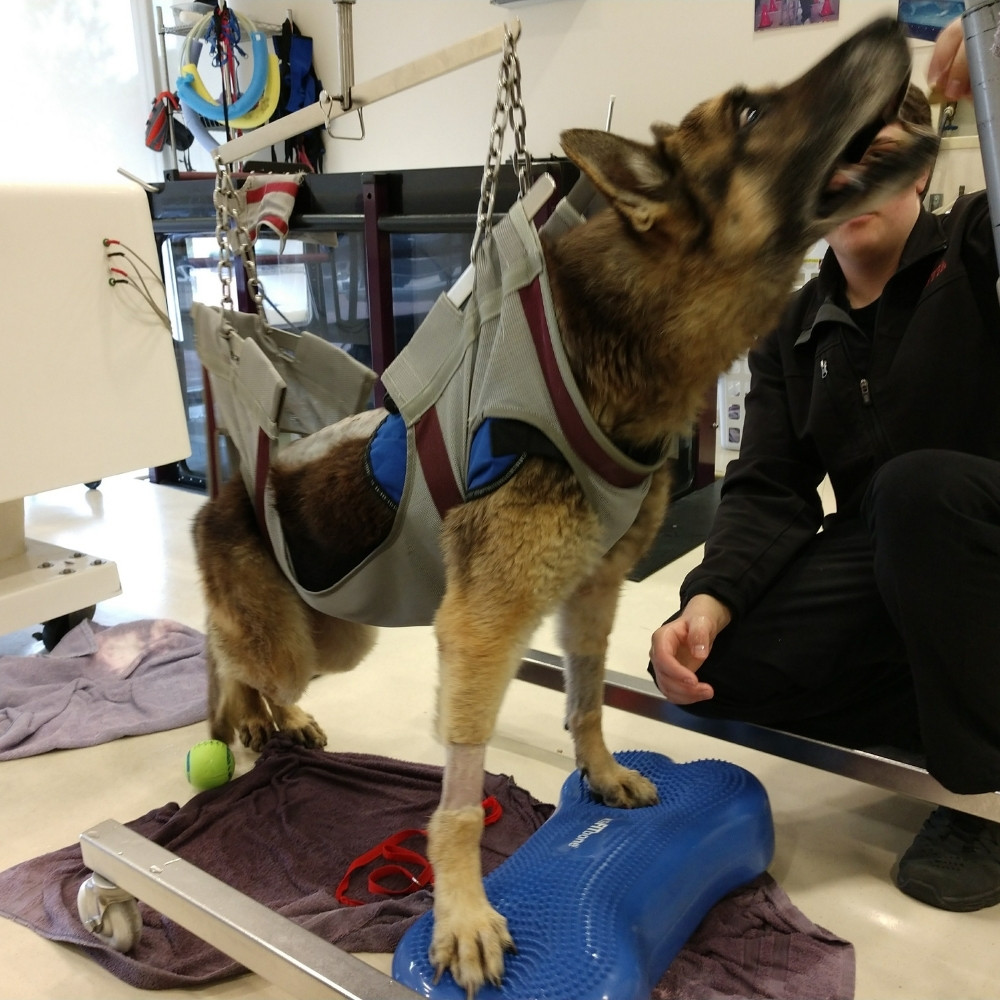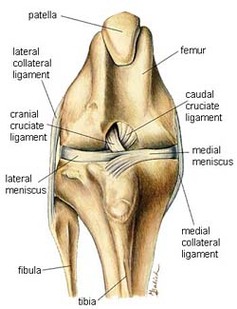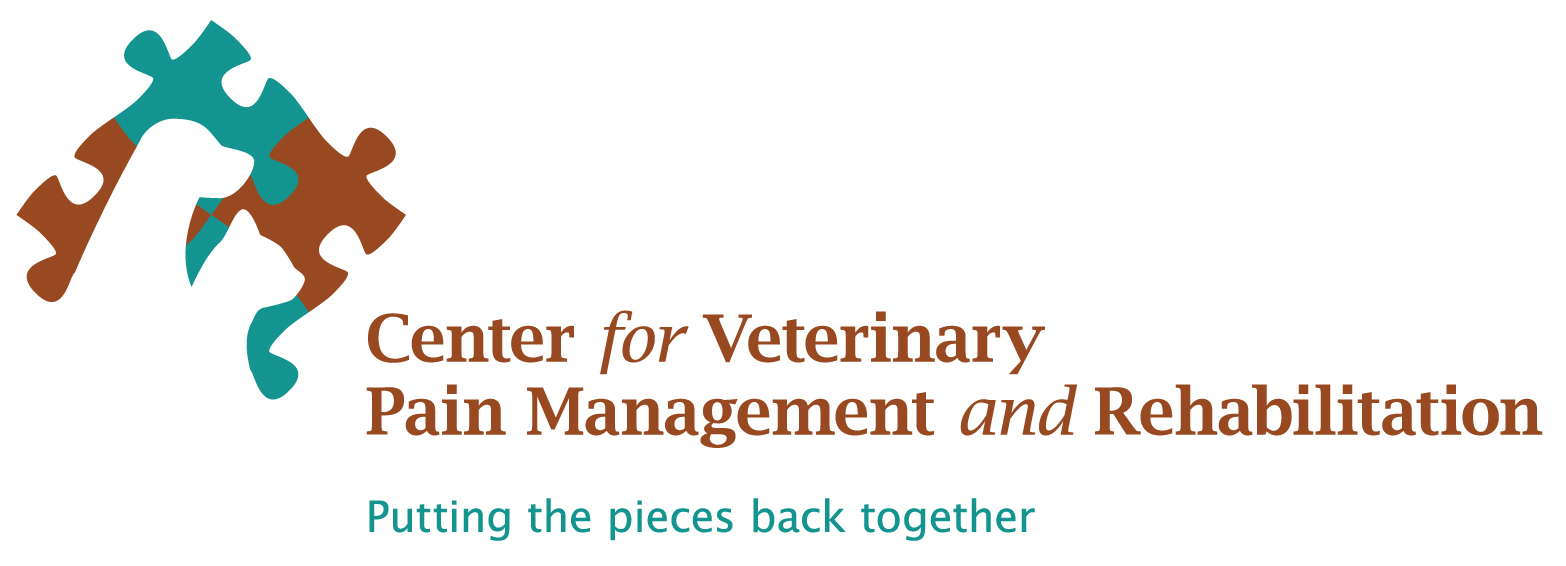Veterinary Resources
At the Center for Veterinary Pain Management and Rehabilitation, we understand that researching a topic you’re not familiar with can be overwhelming, so we gathered some resources for you.

Veterinary Resources
It’s hard to find reputable resources online if you don’t know what to look for. Below, we have provided resources we fully trust.
Common Injuries and Conditions
We treat Patients with Post-Surgical or Non-Surgical conditions
Orthopedic Conditions
Thoracic Limb (Forelimb)
- Medial Shoulder Syndrome (MMS)
- Biceps Tendinopathy
- Supraspinatus Tendinopathy
- Elbow Dysplasia
- Medial Coronoid Disease
- Osteochondrosis Dissecans (OCD)
- Carpal Hyperextension
- Osteoarthritis (OA)
- Degenerative Joint Disease (DJD)
Pelvic Limb (Hindlimb)
- Hip Dysplasia
- Hip Luxation
- Degenerative Joint Disease (DJD)
- Patellar luxation
- Cranial Cruciate Ligament Disease (CCLD)
- Medial/Lateral Patellar Luxation (MPL/LPL)
- Collateral Ligament Damage
- Meniscal Injury
- Osteochondrosis Dissecans (OCD)
- Degenerative Joint Disease (DJD)
- Osteoarthritis (OA)
- Achilles’ Tendon Injury
- Fractures (post-operative or non-surgical)
Neurologic Conditions
- Intervertebral Disc Disease (IVDD)
- Fibrocartilaginous Embolism (FCE)
- Degenerative Myelopathy (DM)
Other Conditions Treated
- Myofascial Pain Syndrome
- Iliopsoas Strain
- Amputees
- Osteosarcoma (Cancer)
Cranial Cruciate Ligament Disease
What is the Cranial Cruciate Ligament?
We are The cranial cruciate ligament (CCL) is one of the most important stabilizers inside the canine knee (stifle) joint, the middle joint in the back leg.
The meniscus is a ‘cartilage-like’ structure that sits in between the femur (thigh) and tibia (shin) bones. It serves many important purposes in the joint such as shock absorption, position-sensing, and load-bearing and can be damaged when the CCL is ruptured.
Rupture of the CCL is one of the most common reasons for hind limb lameness, pain, and subsequent knee arthritis.
Since the development of this problem in dogs is much more complex than in humans, and they experience different degrees of rupture (partial or complete), the canine condition is referred to as ‘cranial cruciate ligament disease’ (CCLD). While the clinical signs (symptoms) associated with CCLD vary, the condition invariably causes rear limb dysfunction and pain.
Symptoms of CCLD
Dogs with CCLD may exhibit any combination of the following signs (symptoms):
- difficulty rising from a sit
- trouble jumping into the car
- decreased activity level
- lameness (limping) of variable severity
- muscle atrophy (decreased muscle mass in the affected leg)
- decreased range of motion of the knee joint
- a popping noise (which may indicate a meniscal tear)
- swelling on the inside of the shin bone (fibrosis or scar tissue)
- pain
- unwillingness to play
- stiffness
Breeds Susceptible to CCL
Cranial Cruciate Ligament Disease can affect dogs of all sizes, breeds, and ages, but rarely cats. Certain dog breeds are known to have a higher incidence of CCLD (Rottweiler, Newfoundland, Staffordshire Terrier, Mastiff, Akita, Saint Bernard, Chesapeake Bay Retriever, and Labrador Retriever) while others are less often affected (Greyhound, Dachshund, Basset Hound, and Old English Sheepdog). A genetic mode of inheritance has been shown for Newfoundlands and Labrador Retrievers.
Poor physical body condition and excessive body weight are risk factors for the development of CCLD. Both of these factors can be influenced by pet owners. Consistent physical conditioning with regular activity and close monitoring of food intake to maintain a lean body mass is advisable.
At our veterinary clinic, we successfully diagnose and treat CCLD to help dogs regain their mobility and life.


We treat Patients with Post-Surgical or Non-Surgical conditions
Orthopedic Conditions
Thoracic Limb (Forelimb)
- Medial Shoulder Syndrome (MMS)
- Biceps Tendinopathy
- Supraspinatus Tendinopathy
- Elbow Dysplasia
- Medial Coronoid Disease
- Osteochondrosis Dissecans (OCD)
- Carpal Hyperextension
- Osteoarthritis (OA)
- Degenerative Joint Disease (DJD)
Pelvic Limb (Hindlimb)
- Hip Dysplasia
- Hip Luxation
- Degenerative Joint Disease (DJD)
- Patellar luxation
- Cranial Cruciate Ligament Disease (CCLD)
- Medial/Lateral Patellar Luxation (MPL/LPL)
- Collateral Ligament Damage
- Meniscal Injury
- Osteochondrosis Dissecans (OCD)
- Degenerative Joint Disease (DJD)
- Osteoarthritis (OA)
- Achilles’ Tendon Injury
- Fractures (post-operative or non-surgical)
Neurologic Conditions
- Intervertebral Disc Disease (IVDD)
- Fibrocartilaginous Embolism (FCE)
- Degenerative Myelopathy (DM)
Other Conditions Treated
- Myofascial Pain Syndrome
- Iliopsoas Strain
- Amputees
- Osteosarcoma (Cancer)
Cranial Cruciate Ligament Disease
What is the Cranial Cruciate Ligament?
We are The cranial cruciate ligament (CCL) is one of the most important stabilizers inside the canine knee (stifle) joint, the middle joint in the back leg.
The meniscus is a ‘cartilage-like’ structure that sits in between the femur (thigh) and tibia (shin) bones. It serves many important purposes in the joint such as shock absorption, position-sensing, and load-bearing and can be damaged when the CCL is ruptured.
Rupture of the CCL is one of the most common reasons for hind limb lameness, pain, and subsequent knee arthritis.
Since the development of this problem in dogs is much more complex than in humans, and they experience different degrees of rupture (partial or complete), the canine condition is referred to as ‘cranial cruciate ligament disease’ (CCLD). While the clinical signs (symptoms) associated with CCLD vary, the condition invariably causes rear limb dysfunction and pain.
Symptoms of CCLD
Dogs with CCLD may exhibit any combination of the following signs (symptoms):
- difficulty rising from a sit
- trouble jumping into the car
- decreased activity level
- lameness (limping) of variable severity
- muscle atrophy (decreased muscle mass in the affected leg)
- decreased range of motion of the knee joint
- a popping noise (which may indicate a meniscal tear)
- swelling on the inside of the shin bone (fibrosis or scar tissue)
- pain
- unwillingness to play
- stiffness
Breeds Susceptible to CCL
Cranial cruciate ligament disease can affect dogs of all sizes, breeds, and ages, but rarely cats. Certain dog breeds are known to have a higher incidence of CCLD (Rottweiler, Newfoundland, Staffordshire Terrier, Mastiff, Akita, Saint Bernard, Chesapeake Bay Retriever, and Labrador Retriever) while others are less often affected (Greyhound, Dachshund, Basset Hound, and Old English Sheepdog). A genetic mode of inheritance has been shown for Newfoundlands and Labrador Retrievers.
Poor physical body condition and excessive body weight are risk factors for the development of CCLD. Both of these factors can be influenced by pet owners. Consistent physical conditioning with regular activity and close monitoring of food intake to maintain a lean body mass is advisable.
At our veterinary clinic, we successfully diagnose and treat CCLD to help dogs regain their mobility and life.

Injuries In Sporting Dogs & Agility Dogs
More and more dogs are participating in sports of all sorts, and associated injuries are common.
When we think of sports for dogs, we usually think of greyhounds for racing and coursing or luring, field trial dogs for hunting, or even sled dogs in the Iditarod. But within the last 10 years or so, other sports have been gaining in popularity, including agility, flyball, disk dog competitions (Frisbee catching), tracking for search and rescue, dock jumping, and earthdog den trials.
With sporting dogs, just as with working dogs, preventive examinations should be as much a part of their training as the actual practice of their sport.
During the examination, full general physical, orthopedic, and neurologic examinations should be performed. If a dog has previously been injured but has made a recovery after treatment, whether surgical or rehabilitative, examinations should be performed every three months for as long as the dog is competing or participating in sporting activities.
By pairing a customized rehabilitation therapy program with retraining and conditioning, our patients not only recover more fully, but also stay healthy for the duration of their athletic careers. Prevention is the key to success.
Injuries can be sustained to a variety of tissues, including bone (fractures), ligament and tendon (tears), the cardiovascular system (dehydration and heat stress), skin (lacerations), and many others. Types of injuries vary according to the sport a dog engages in (see Which injuries are most common in various sports?). The process begins with a sports medicine consultation to assess your canine athlete and provide an overall health assessment or a definitive diagnosis and treatment plan for those with current injuries or sports-related or working issues.
In this article, I’ll describe common injuries in sporting dogs.
FOOT PAD INJURIES
FORELIMB INJURIES
HINDLIMB INJURIES
Our specialists have extensive experience treating dogs with each of these conditions and can provide you with extensive treatment options — both surgical and non-surgical — to allow your canine athlete the ability to return to full function.
